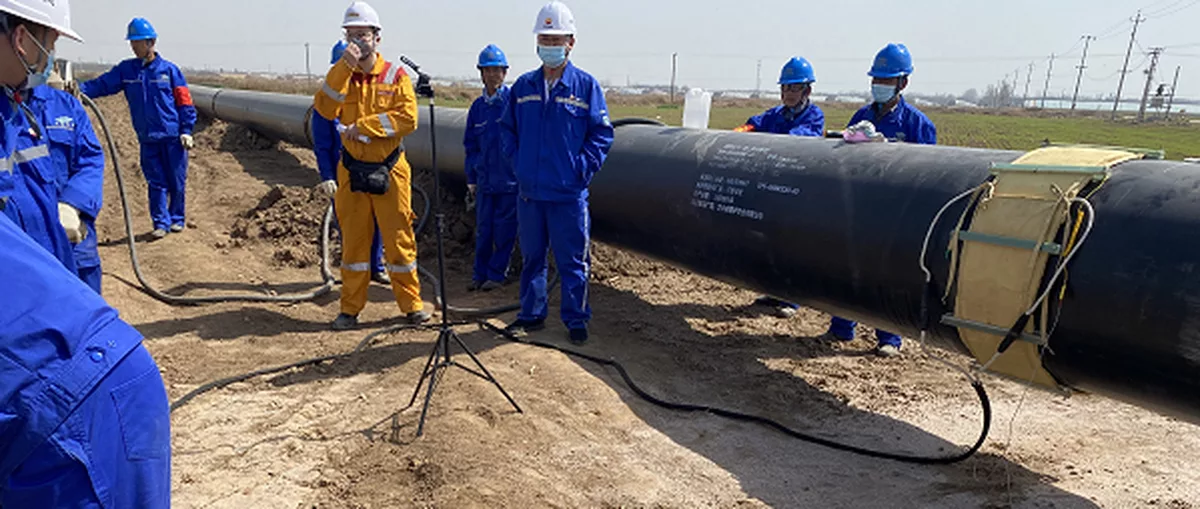Post-welding stress relief is a process that is used to reduce the residual stresses that are produced by rapid cooling after welding in the welded component. Residual stresses can affect the strength, toughness, corrosion resistance, and dimensional stability of the weldment. Post-welding stress relief can be done by various methods, such as:
- Heat treatment: heating the weldment to a high temperature and then cooling it slowly.
- Shot peening: bombarding the weldment with small metal balls to induce compressive stresses on the surface.
- Vibration stress relief: applying mechanical vibrations to the weldment to redistribute the stresses.

Benefits of Post-Welding Stress Relief with Induction Heating
Post-welding stress relief with induction heating is a method that uses electromagnetic fields to heat the welded component and reduce the residual stresses that can affect its performance and durability. Some of the benefits of using induction heating for post-welding stress relief are:
- Temperature uniformity: induction heating provides even and consistent heat to the base material, unlike flame or resistance heating which can cause uneven heat and stresses on the weld.
- Reduced cycle time: induction heating has a fast setup and time-to-temperature, which can save time and improve productivity. Induction heating can achieve the desired temperature in minutes compared to hours for resistance heating.
- Efficiency/utility costs: induction heating is very efficient and most of the electrical energy used generates heat inside the part. Utility costs are typically much lower than other methods that waste heat energy or electrical energy.
- Versatility: induction heating can be used on many shapes, sizes, and types of parts, from pipe and flat plate to elbows and valves. Induction coils can be adjusted during the heating process to accommodate unique parts and heat sinks.
- Minimized safety risks: induction heating only heats the workpiece, not the cables, blankets or wraps, so there is less chance of injuries or accidents from burns, fires, or explosions. The operator is also less fatigued from the heat.
- Decreased consumables costs: induction heating uses insulation that is easy to attach to workpieces and can be reused over and over. Induction coils are robust and do not require fragile wire or ceramic materials.


